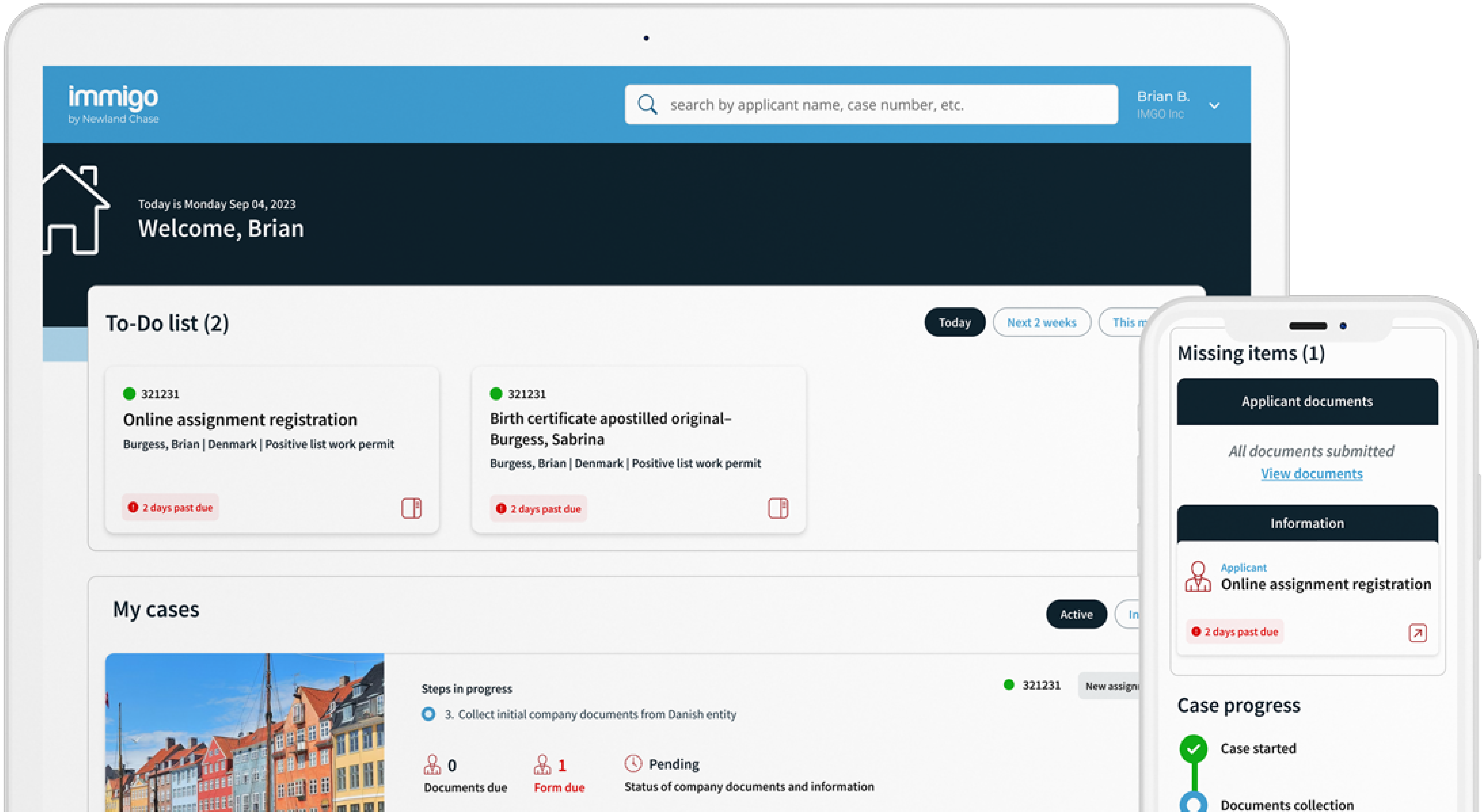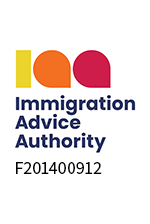Get The Visibility Your Company Needs
Reduce compliance risks and mobility costs while managing individual and project-related travel with ImmiSMART: the solution that unifies your travel and mobility programs.
USA: Trump Administration’s Stance on Business Immigration
December 27, 2016
It is largely publicised in the US that President-elect Trump and his new administration will not only focus on illegal immigration, but also on legal business immigration.
The President-elect cannot change the existing immigration laws without Congressional action; however, he will have the ability to change certain policies or executive orders without the involvement of Congress.
Impact to business immigration
H-1B (Professional/Specialty Occupation Visas)
Mr. Trump has indicated support for highly skilled foreign workers; however, he has also indicated that he favours H-1B program reform to “protect American workers” and eliminate “cheap labour.”
This language is a bit vague with no specific changes to the H-1B program announced, it is suspected that potential increases in enforcement (such as employer site visits and audits) and more stringent regulations on wages paid to H-1B employees may be implemented.
The new administration through legislation may also pursue building a recruitment process into the existing H-1B regulations and strengthening rules for H-1B reliant employers (those employing 15% or more H-1B visa workers).Overall, U.S. employers will most likely experience increased worksite enforcement.
Visa applicants may also be subject to longer waits for visa issuance due to the new administration’s focus on more stringent vetting of foreign nationals seeking to enter on either temporary work or student visas, or those seeking green cards.
Furthermore, entries into and exits from the U.S. could be impacted by the implementation of a fully operational Biometric Entry-Exit Visa Tracking System, another top priority on Mr. Trump’s plan for his first 100 days in office.
For employers, it is possible to prepare now for potential increases in worksite enforcement or changes to certain visa programs. A few basic recommendations:
Establish an internal procedure for potential H-1B and L-1 site visits and effectively communicate that procedure to HR and Legal staff as well as H-1B and L-1 workers.
Review existing I-9 and E-Verify compliance programs, or implement I-9 and visa-related compliance initiatives.
Communicate effectively with business visitors entering the U.S. for meetings and training and prepare them for entry into the U.S. no matter how brief the visit may be.
For foreign employees, must be aware of their status and the expiration dates of their passport and all U.S. status documents, and be vigilant of changes by taking the following actions:
Checking entry stamps and I-94 information upon each entry and making corrections to any errors.
Planning for extended visa processing times at U.S. Consulates and applying as early as possible.
Employees should communicate to their employer any concerns they have regarding the maintenance of their work status.
Dependents (spouse or children under 21) should be considered when reviewing U.S. immigration options and/or potential changes to status.
While it is impossible to know what exact changes may come with the new administration, the President-elect’s positions do reveal his vision regarding immigration and the likely impact on U.S. employers and foreign national employees.
For further information on this topic or for advice on US immigration in general, please contact us at [email protected].




